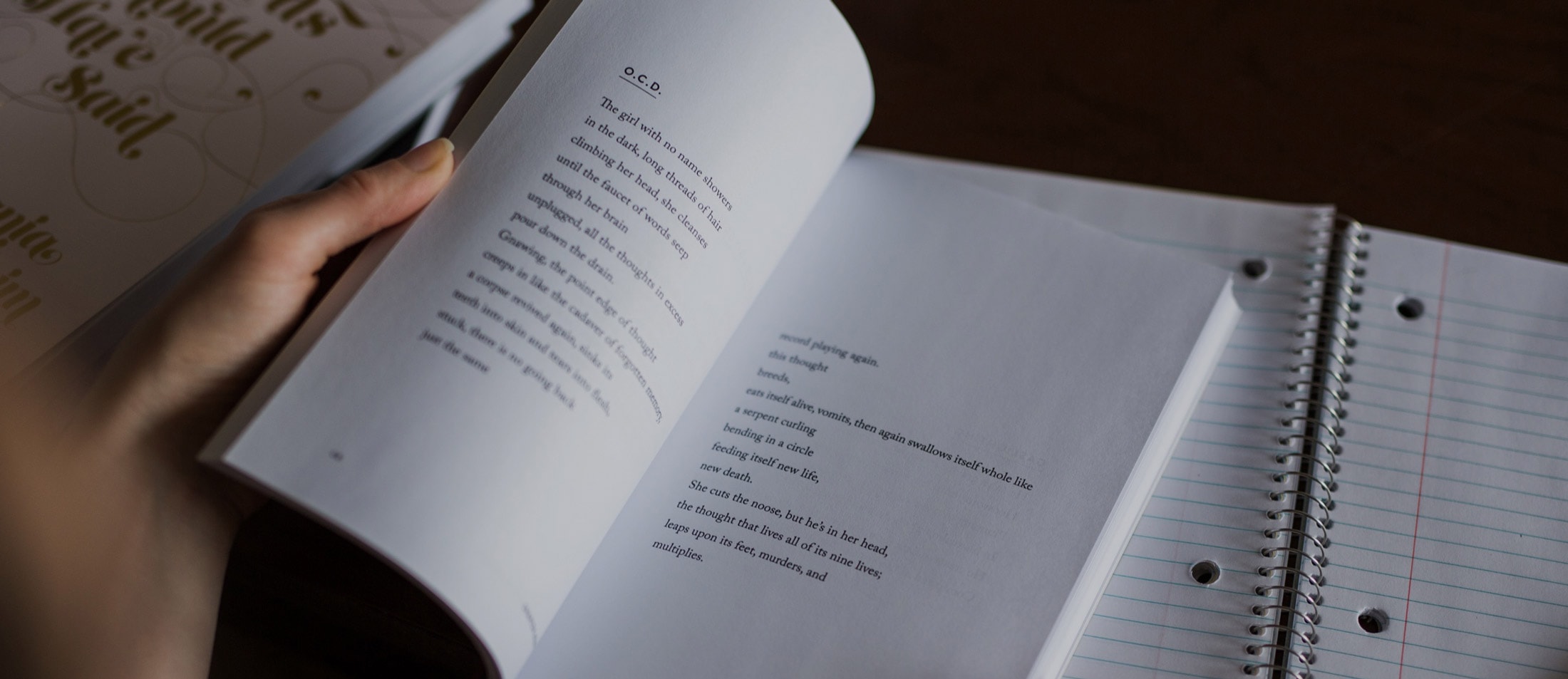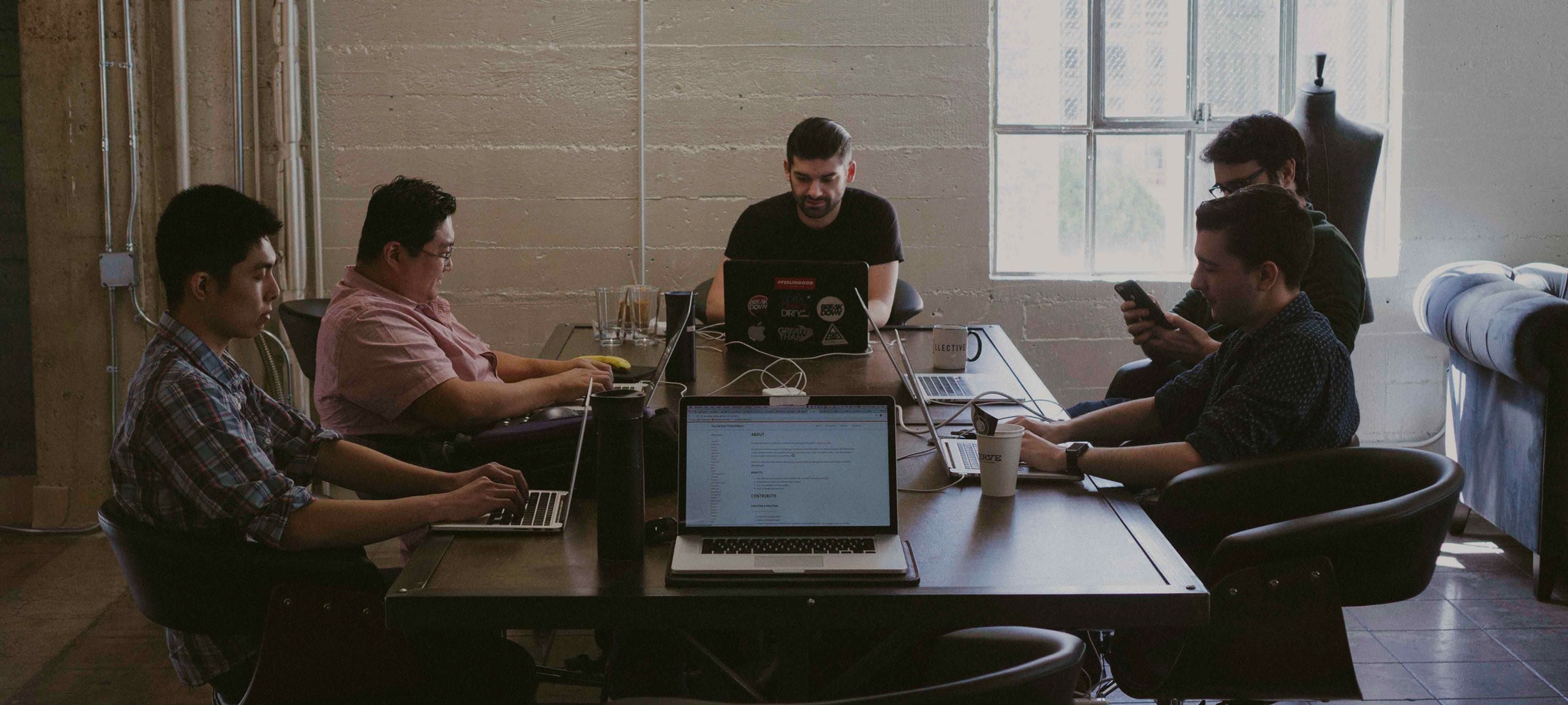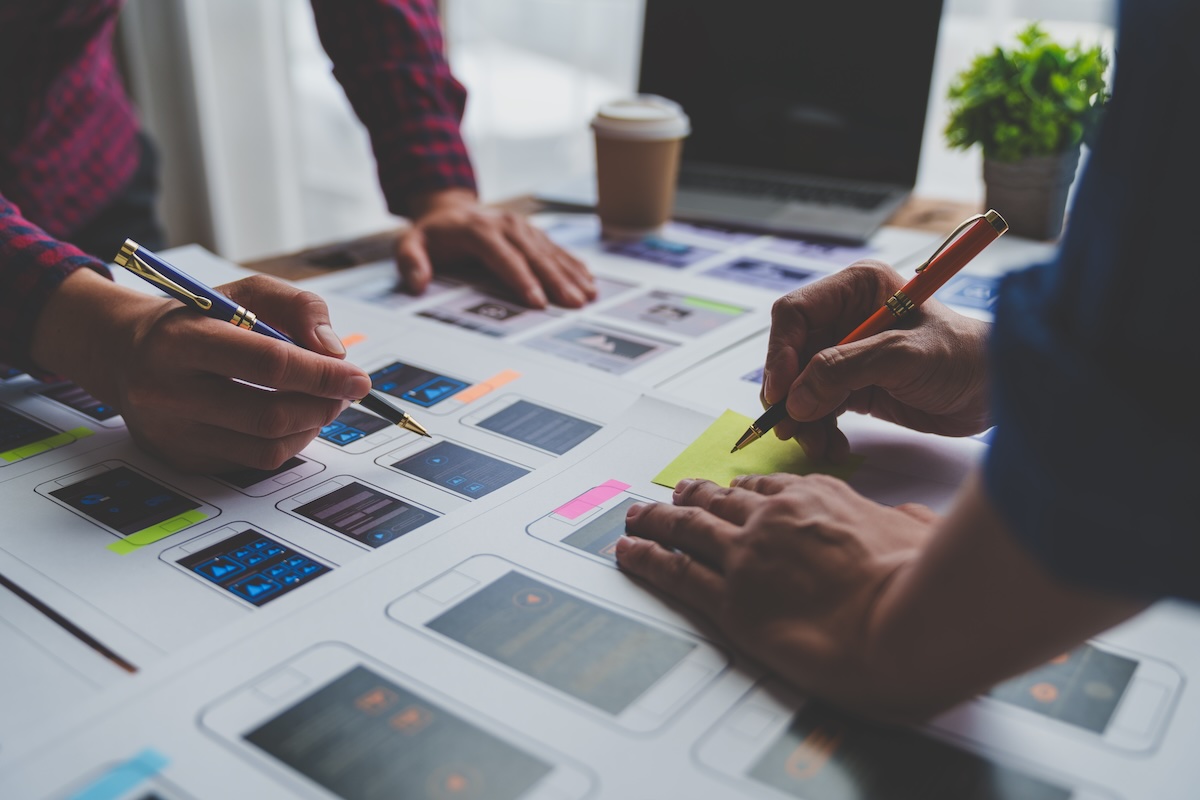I might be blowing my cover, but I didn’t even know what UX/UI design was just a few months before I got my first gig as a designer.
I started off my college career as a gerontology major. Ironically, my desire to study aging was rather short lived so I quickly switched to studying something else close to dying, the music industry. After all was said and done, I graduated with a business administration degree. Out of college, I co-founded and managed a non-profit for a few years. Clearly not the typical makings of a career in digital design.
So then how did I become a designer? Sure, I had some general background in graphic design and I loved problem solving, but I didn’t have any specialized design background. As we wrapped up the non-profit, I noticed an unusual amount of companies hiring UX or UI designers. Everything about those job descriptions intrigued me. So I decided to go for it. Along the way, I realized three things that stood out that helped me transition careers and fall more in love with design:
- An eagerness to observe.
- An eagerness to learn.
- An eagerness to make.
Eager to Observe
Companies are starting to value design more than ever. As a result, we are increasingly seeing better designed products and experiences every day. In general, great design should almost go unnoticed. That said, poor design sticks out like sore thumbs. As you use products, actively process what makes using it enjoyable or unpleasant. Instead of taking things at face value, ask yourself why something works or why it breaks down. Why do you think certain actions you complete in a product comes naturally to you. Look for common patterns both within an experience as well as across different products.
It’s also helpful to remember design is everywhere. Being eager to observe involves a lot more than having a hot-take on Snapchat’s new redesign. Seeking to learn from the real world helps unlock design thinking in more profound ways. Be on the hunt for opportunities to learn about experience design throughout your day (i.e. push/pull doors, queues, tv remotes, cars), not just when you’re looking at a screen.
Eager to Learn
When I got started, I committed to personally working through any resource I could get my hands. While bootcamps can be great, they can also be expensive. If you have the discipline, I’d encourage you to be resourceful with all that’s out there.
Here are some things I valued greatly as I was learning:
- UX Apprentice
- Hack Design – UX
- Design Better Co
- UX Pin’s EBooks
- Don’t Make Me Think
- Design of Everyday Things
- Designing Products People Love
- UX for Beginners
Lastly, when it comes to learning, find someone in the industry who might be able to be a sounding board for you. This is a great way to validate some of your learning, ask more questions, and be pointed in the right direction. If you need help in this area, don’t hesitate to reach out to me. Either I can help or connect you with someone who can.
Eager to Make
At a certain point, you have to get your hands dirty. In my opinion, the earlier the better. You do not need to know it all before you start making. If you want to build up confidence, I highly recommend starting with redesigning products or experiences you think could improve. Try shifting your focus away from beautification and more towards problem solving. Be sure to give yourself opportunities with friends, families, or mentors to articulate your design decisions. That is one of the biggest components of being a designer. Understanding that a large part of the creative process is communicating your decisions, dialoguing with team members, and leveraging all this valuable insight to improve.
Everyone’s path to become a designer is going to look different. Whether or not you are seeking to become a specialized designer, more than ever, teams need to be composed of people with some level of design understanding. If you’re completely new to the industry, in a different discipline, or building your own product, hopefully some of this insight is helpful to taking some steps forward.






